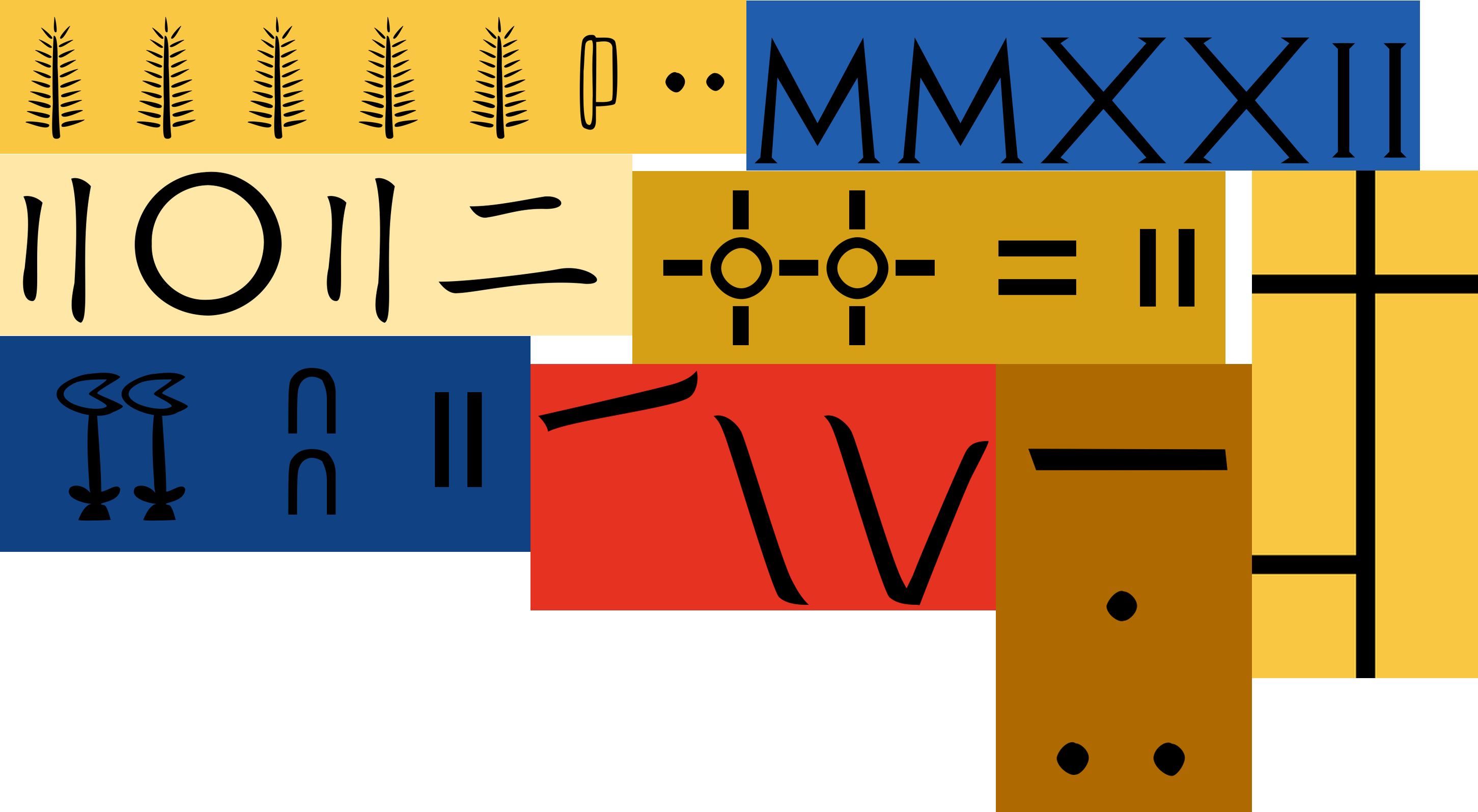
used by pre-ancient-Greece Mediterranean civilizations; a non-positional base-ten system with symbols for powers of ten up to 10,000

Wolfram Function Repository documentation
This project was contributed to and reviewed by Eric Weisstein and the WolframAlpha math team.

used by pre-ancient-Greece Mediterranean civilizations; a non-positional base-ten system with symbols for powers of ten up to 10,000

used in Aztec maps/pictograms from Mesoamerica; a non-positional base-twenty system with symbols for powers of 20 up to 8000 and additional symbols for 10 and small multiples of 100

used by Cistercian monks; a base-ten system in which each number up to 9999 has its own symbol; place values are indicated by the position along the central numeral line

hieroglyphs used in Egyptian civilzations; a non-positional base-ten system with symbols for powers of ten up to 1,000,000

developed by Kaktovik civilizations of Alaska; a positional base-twenty system with iconic numerals

used by the Mayans in Mesoamerica; a positional base-twenty system with symbols for 1, 5, and 0 arranged vertically

used in Chinese civilizations; a positional base-ten system with symbols for 0-9, 10, 20, and 30